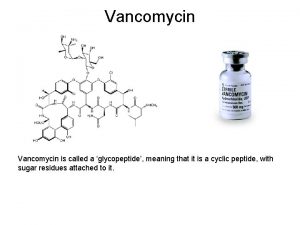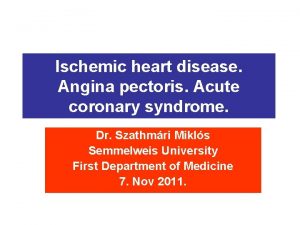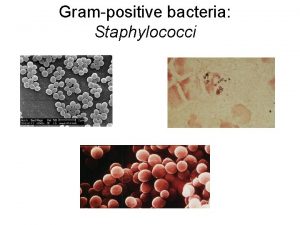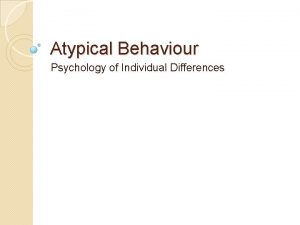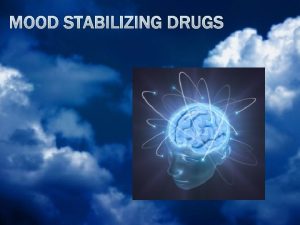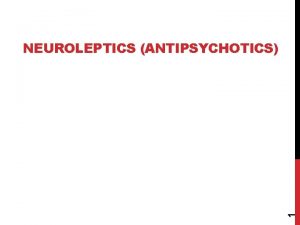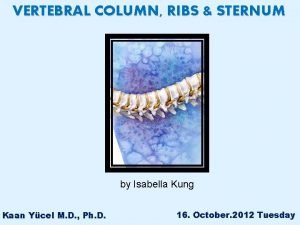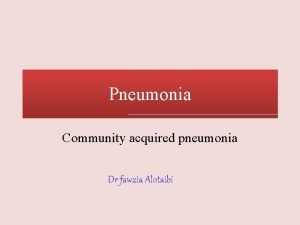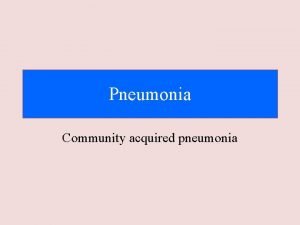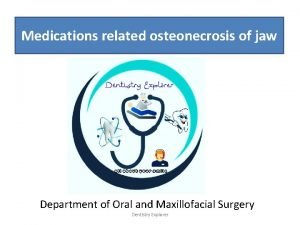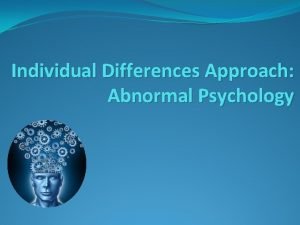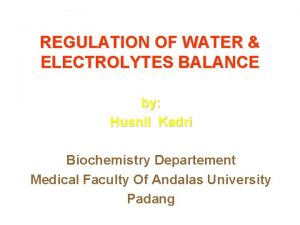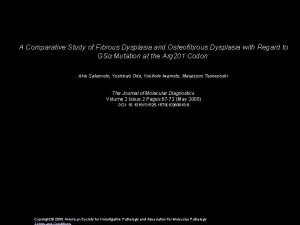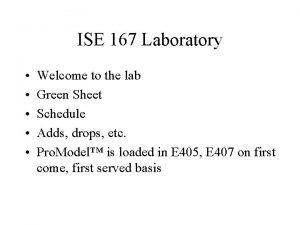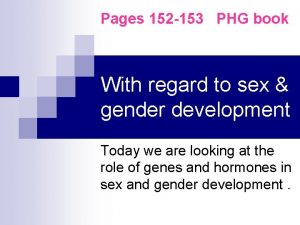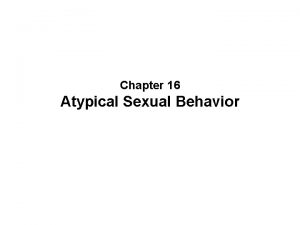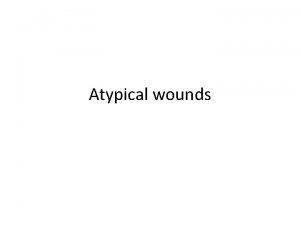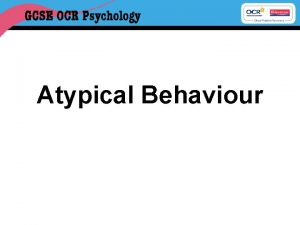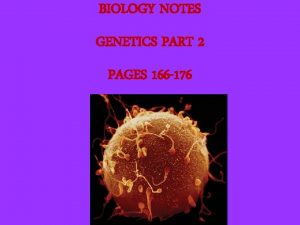Atypical Gender Development Pages 166 167 of PHG





































- Slides: 37

Atypical Gender Development Pages 166 -167 of PHG text book Specification: Atypical gender development. Gender identity disorder; biological and social explanations for gender identity disorder

Starter: do we know our terminology 1. The term ‘sex’ refers to a person’s… 1. 2. 3. 4. Psychological status as male or female Cultural status as male or female Biological status as male or female Marital status as male or female 2. A sex role stereotype is… 1. A set of beliefs and preconceived ideas about what is expected or appropriate for males and females 2. A persons psychosocial status as male or female 3. A person’s biological status as male or female 4. A person’s personality

What is Gender Dysphoria? Gender Dysphoria is when an individual experiences a mismatch between their biological sex and gender identity. They feel uncomfortable with the gender to which they have been assigned Transgender It is not the same as transvestism!

According the NHS website Gender dysphoria is a condition where a person experiences discomfort or distress because there's a mismatch between their biological sex and gender identity. It's sometimes known as gender incongruence. Gender dysphoria is a recognised medical condition, for which treatment is sometimes appropriate. It's not a mental illness. Some people with gender dysphoria have a strong and persistent desire to live according to their gender identity, rather than their biological sex. These people are sometimes called transsexual or trans people. Some trans people have treatment to make their physical appearance more consistent with their gender identity.

Gender identity disorder (GID) Gender Dysphoria (GD) • GD affects males more than females an estimated 1 in 5, 000 people have GD • Indications may occur fairly early, with children unhappy wearing clothes of their biological gender or playing ‘gender appropriate’ games etc. • Many individuals with GD will identify themselves as transgender and may opt for gender reassignment surgery to change their external genitalia to that of the desired sex.

Signs and symptoms? From DSM IV • Strong and persistent cross gender identification • Desire to live as the opposite sex and have surgery to change body • Clinically significant distress in social, occupational areas of functioning • Must be present for at least 2 years http: //www. youtube. com/watch? v=RDJXR 1 w. Xof. A https: //www. youtube. com/watch? v=jfnv. GCqds. KY&nohtml 5=False

We diagnose mental health disorders using the DSM • The Diagnostic and Statistical Manual of Mental Disorder (Edition 5), was last published in 2013. • The DSM is produced by the American Psychiatric Association. • It is the most widely used diagnostic tool in psychiatric institutions around the world

Gender identity disorder (GID) • DSM-IV classifies atypical gender development by the clinical label gender identity disorder (GID), a condition where individuals experience a mismatch between their biological sex and the sex they ‘feel’ they are • The more recent DSM-V now refers to GID as gender dysphoria in order to remove the damaging labelling of people with the condition as ‘disordered’ • Dysphoria should not be confused with androgyny. Dysphoria is not being happy with the gender you are and wanting to change whereas androgyny is having a balance of both masculine and feminine characteristics.

DSM diagnosis of DYSPHORIA Experience will affect ability to function in everyday life No biological disorder should occur at the same time Feel a strong sense of discomfort with their own biological sex Must experience ongoing identification with the opposite sex

Using the NHS website info complete the hand-out http: //www. nhs. uk/conditions/Gender-dysphoria/Pages/Introduction. aspx This is also Year 1 revision 1. Briefly outline the definitions of abnormality from Year 1 2. To what extent does GD meet the four definitions?

Task 1 After researching information about gender dysphoria (NHS website), complete the task sheet which will also be useful Year One revision

Research task … Your task is to research one explanation for Gender Identity Disorder • You need to include: 1. A description of the explanation 2. Research evidence 3. At least 2 evaluation points You have 15 mins to complete this - You will then need to share your research with your group. Could you develop a flow diagram of the info if you are a visual learner? Remember the limit on “descriptions” – no more than 200 words? ?

Group task – give each member 5 mins and complete the table Explanation BIOLOGICAL: Genetic Bio chemical Social psychological: Cognitive (PHG) Social psychological: Psychodynamic (PHG) Assumptions Nature / Nurture Role of childhood in GID Any issues of Gender Bias? Evaluation points?

Task 3 Usign page 166 to help you, complete the table task sheet to compare explanations for GID

What causes gender dysphoria? • The most widely held view is that it is both biological and social factors that contribute to the development of gender dysphoria. • This is a biosocial explanation

Biological explanations • Biological explanations for GID see the condition as occurring through physiological factors. • The genetic explanation sees GID as being an inherited condition. • The biochemical explanation sees GID as occurring through hormonal imbalances during foetal growth in the womb and in later childhood development. • The genetic and biochemical explanations can be combined, with hormonal imbalances occurring because of genetic influences.

Biological explanations One suggestion is that males are experience a lack of testosterone during prenatal development or vice versa As a result the brain develops in a way which is not consistent with the chromosomes and genitalia……. .

Biological explanations for gender dysphoria Research has centred on the action of the hormone testosterone, which is involved in the masculinisation of the brain. Abnormal levels of testosterone are associated with experiencing GID. With females, attention has centred more on abnormal levels of the hormone oestrogen.

Biological explanations for dysphoria Brain-sex theory suggests that dysphoria is caused by specific brain structures that are incompatible with a person’s biological sex. Particular attention has been paid to those areas of the brain that are dimorphic (take a different form in males and females) Zhou (1995) studied the bed nucleus of the stria terminalis (BSTc) which is fully developed by age 5 and 40% larger in males than females

Biological explanations for dysphoria • Post mortem studies search for confirmation of structural differences • In post-mortems of six male-to-female transgender individuals who had received feminising hormones, the BSTc was found to be a similar size to as heterosexual women • This is supported by Kruijiver et al (2000) who focused on the number of neurons in the BSTc rather than the volume. • Again, the six transgender individuals showed a similar number of neurons in the BSTc to those found in heterosexual women • They concluded that the BSTc provides evidence for a neurobiological basis of gender dysphoria and proposed that such was determined before birth.

Genetic explanations for dysphoria • Evidence also suggests that gender dysphoria may have a genetic basis • Coolidge (2002) assessed 157 twin pairs (96 MZ and 61 DZ) for evidence of gender identity disorder using the clinical diagnosis of criteria in DSM-4 • The prevalence of GID was estimated to be 2. 3% with 62% of these cases said to be accounted for by genetic variance • This suggests there is a strong heritable component to GID

Genetic explanations for dysphoria • Similarly, Heylens et al (2012) compared 23 MZ twins with 21 DZ twins where one of each pair was diagnosed with GID • They found that 9 (39%) of the MZ twins was concordant for GID compared to none of the DZs which would indicate a role for genetic factors in the development of GID https: //www. thesun. co. uk/archives/news/389328/mum-my-6 -year-old-identical-twin-girl-says-she-is-a-boy/

Weakness There is contradictory evidence for BSTc • It is claimed that the BSTc is fully formed at age 5 and therefore any hormone treatment that transgender individuals may undergo as part of gender reassignment surgery should not have an effect on the BSTc • This assumption has been challenged however, and alternative research has found that transgender hormone therapy did affect the size of the BSTc • Therefore observed differences in the BSTc may be due to hormone therapy rather than being a cause of GID

Weakness Contradictory evidence for BSTc • Chung (2002) claims that pre-natal hormonal influences (that affect the size of the BSTc) are not triggered until adulthood • Although hormonal influences do occur before birth, the structural changes in the brain that are a result of these do not occur until much later • This evidence casts doubt on the idea that dimorphic brain differences are present in early childhood

Evaluations Twin studies are inconclusive • Although evidence from twin studies suggests that gender dysphoria may be partly explained by hereditary, findings are inconclusive • Aside from the fact that twin studies in this area tend not to yield very high concordance rates (39% for MZ twins in the Heylens study), it is very difficult to separate the influence of nature and nurture within these investigations • Twins (especially MZ twins) may influence each other, and the environmental conditions they are exposed to are likely to be very similar. • Also, due to the fact that GID occurs so rarely, sample sizes in twin studies tend to be extremely small, limiting the extent to which effective generalisations can be made

Evaluations Biological explanations are inconclusive • Biological explanations are often criticised for their tendency to reduce complex conditions and behaviours to a simpler genetic, neuroanatomical and/or hormonal level • There is a danger here that other contributory factors occurring at a ‘higher’ psychological or social level may be obscured or ignored • An interactionist combination of several different levels of explanation may be especially relevant in the case pf gender dysphoria, which is clearly a complex condition that is unlikely to be explained by a single influence.

Social-psychological explanations for gender dysphoria

Social-psychological explanations • These explanations assume GID is learned from environmental experiences. • Social-psychological explanations of GID are also based on Freudian theory and insights from cognitive psychology

Social Explanation • Operant conditioning would explain GID as occurring through individuals being positively reinforced for showing crossgender behaviours, leading to confusion between anatomical sex and gender identity. • Social learning theory would explain GID as occurring through observation and imitation of role models displaying crossgender behaviour, leading to similar confusion.

Psychoanalytic theory • Ovesey and Person (1973) have argued that GID in males is caused by the child experiencing extreme separation anxiety before gender identity established. • The child fantasies of a symbolic fusion with his mother to relieve the anxiety, and the danger of separation is removed • The consequence of this is that the child, in a very real sense, ‘becomes the mother’ so adopts a female gender identity. • Stoller (1973) offers some support for this theory – in interviews with GID males, they were seen to display overly close mother-son relationships that would lead to greater female identification and confused gender identity in the long-term

Cognitive theory • Liben and Bigler (2002) proposed an extension of the gender schema theory • This theory suggests two pathways of gender development – the dual pathway theory • The first pathway acknowledges the development of gender schema which directs genderappropriate attitudes and behaviour as part of ‘normal’ development • The second pathway describes how the development of gender schemas are affected personally by the specific activities children engage in. • If an individual’s personal interests become more dominant it can influence how gender schemas develop. • In most people this may lead to androgynous behaviour and a more flexible attitude to gender. • In a small minority of others, it may lead to the eventual formation of an opposite gender identity.

Issues with psychanalytic theory • Psychoanalytic theory does not provide an adequate account of GID in females as it only describes male gender identification • The main limitation of the psychoanalytic theory is that it cannot be scientifically observed or tested. There is no way of demonstrating if the unconscious actually exists. • There is no way of verifying if a repressed fantasy that triggers gender identity disorder has occurred unless independent evidence is available. In other words, most of theory must be taken on faith.

Issues with cognitive theory • There is an issue with cognitive explanations of gender – in common with other cognitive explanations, it is more descriptive rather than explanatory. It explains ‘what’ happens but not how/why this happens. • Other non-cognitive theories provide much better explanations because they don’t just describe why someone has GID they explain the cause of it, for example that it is inherited or due to having dimorphic brain structures.

Possible Essay question(s) Discuss biological explanations for gender identity disorder. Refer to evidence in your answer. (16 marks) Discuss social explanations for gender identity disorder. Refer to evidence in your answer. (16 marks) Discuss/Compare 2 explanations for GID (16 marks)

Lots of additional resources you can access to add to your understanding and exam answers in relation to GID TED TALK Real life case: http: //www. ted. com/talks/geena_rocero_why_i_must_come_out

NHS info link http: //www. nhs. uk/conditions/Genderdysphoria/Pages/Introduction. aspx Intersex 3 parts Part 1 - https: //www. youtube. com/watch? v=8 ITuuxmlfqs Part 2 - https: //www. youtube. com/watch? v=YQESPa. Ej 8 dk Part 3 - https: //www. youtube. com/watch? v=j. HQJm. Pb. HSd. M

Watch on BBC I player
 Fas 166
Fas 166 Printed pages vs web pages
Printed pages vs web pages Strategic gender needs and practical gender needs
Strategic gender needs and practical gender needs Cecati 166
Cecati 166 Opwekking 627
Opwekking 627 Soneto clxvi
Soneto clxvi Navoiy shahar 10-maktab
Navoiy shahar 10-maktab Ley general del ambiente
Ley general del ambiente Atypical bacteria
Atypical bacteria Nodular melanoma
Nodular melanoma Typical vs atypical chest pain
Typical vs atypical chest pain Legionella pneumonia
Legionella pneumonia Atypical bacteria
Atypical bacteria Atypical provider examples
Atypical provider examples Atypical psychology definition
Atypical psychology definition Atypical film
Atypical film Atypical antipsychotics drugs
Atypical antipsychotics drugs Atypical worker meaning
Atypical worker meaning Atypical antipsychotics drugs
Atypical antipsychotics drugs Atypical ribs
Atypical ribs Types of lung abscess
Types of lung abscess Difference between typical and atypical pneumonia
Difference between typical and atypical pneumonia Atypical bacteria
Atypical bacteria Atypical odontalgia
Atypical odontalgia Atypical behavior
Atypical behavior Febrile convulsion
Febrile convulsion Water balance regulation
Water balance regulation An atypical accumulation of fluid in the interstitial space
An atypical accumulation of fluid in the interstitial space Atypical cartilaginous tumor
Atypical cartilaginous tumor Urlop wypoczynkowy art 167
Urlop wypoczynkowy art 167 Lirik lagu nkb 167
Lirik lagu nkb 167 Instituto 167
Instituto 167 Bqm167
Bqm167 Dlpp-253
Dlpp-253 Cse 167
Cse 167 Min 167 + 182
Min 167 + 182 Chapter 3 hunger games questions
Chapter 3 hunger games questions Lab 167
Lab 167








